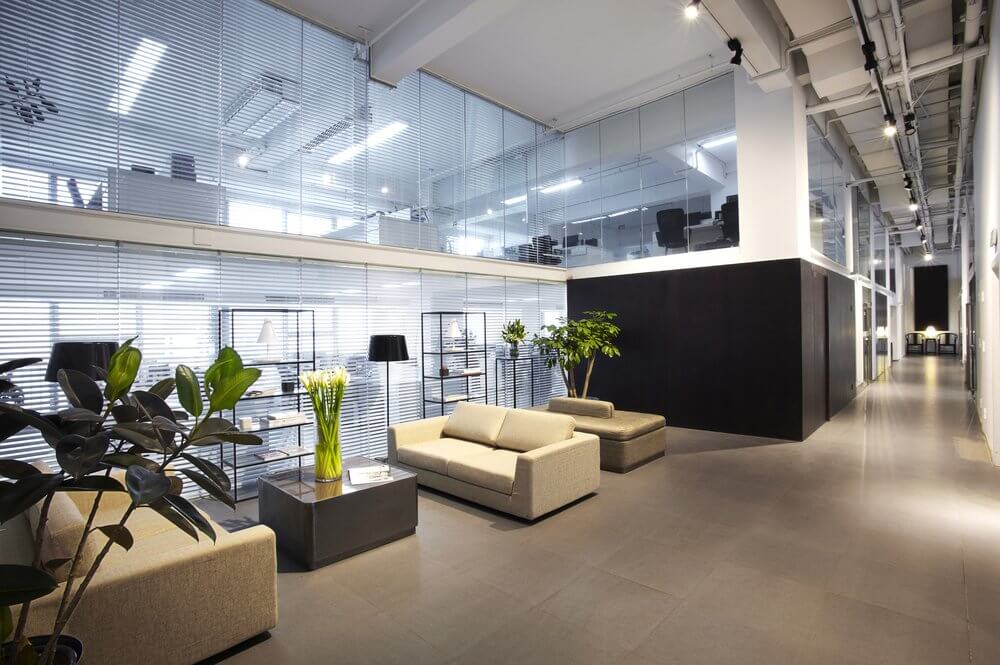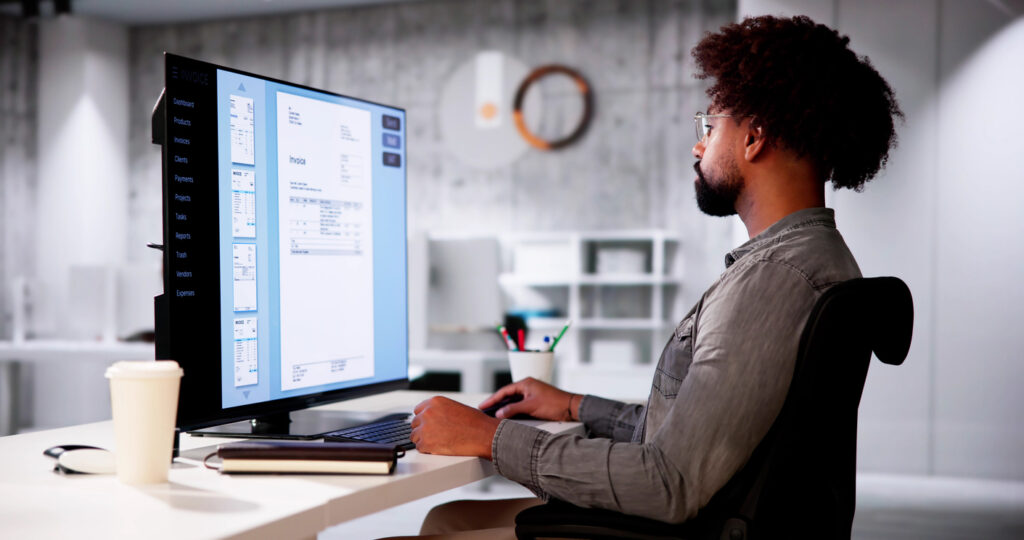
Offices are starting to adopt more data-driven processes in an effort to increase workplace productivity. This interest in data collection has led to an implementation of various sensor-based technologies in offices. In fact, Deloitte estimates that sensor usage in commercial real estate will grow at a 78% annual growth rate between 2015 and 2020, with a total of 1.3 billion sensors in use by 2020.
This rise has been attributed to factors like the improved performance of these sensors and their increased affordability, but no doubt their greatest appeal comes from their potential to drastically improve workplace efficiency.
The question is, exactly how can facility managers use these sensors to the advantage of their company and their employees? In order to answer this question, let’s take a look at important areas around the office that could benefit from the use of sensors.
Increasing energy efficiency

Today, installing sensors that automate temperature and lighting is a given for modern offices. Sensors help optimize lighting usage by turning systems on and off as employees enter and leave spaces, meaning energy is not wasted on lighting unused areas. The same goes for HVAC systems—whether it’s summertime or the dead of winter, moderating temperatures through an automated, sensor-based system prevents high energy bills. Plus, productivity is linked to temperature, which means businesses should ensure employees enjoy appropriate temperatures year-round in the workplace.
Improving employee efficiency
A team of researchers in the U.S. is working on developing a system of mobile sensors and software that can be used to assess everyday job performance. The aim of this technology is to better understand how employees’ performance and decision-making skills change in various situations at work. This is done through unique sensor-based markers that measure employee characteristics, such as personality and ability. Basically, the project will use the high-frequency raw data collected from smartphone sensors—such as GPS and accelerometers—and sensors that measure respiration and heart rate, to create biomarkers. These biomarkers will relate to tasks—like typing—as well as stress, activity, alertness and more.
The purpose of this project is for researchers to observe, draw conclusions and report results that can help develop new approaches to assessing employee talent, performance and productivity. Sensors like these could help FMs understand employee work patterns, such as which teams or individuals interact most frequently. This information can be used to better situate teams across a space, to promote collaboration and teamwork.
With this data, FMs can help improve and encourage employee health and wellness—a key factor in employee productivity.
Upgrading facility efficiency

There are many benefits of installing workplace sensors to increase the efficiency of a facility’s operations. To start, sensors can be used to track location data of employees, including how many employees occupy a space at any given time (which is particularly valuable for companies that employ hot desking).
Occupancy data can also be used to establish an appropriate cleaning schedule that is suited to actual office conditions and use, rather than on a recurring basis. For systems that require maintenance, sensors can be used to detect inefficiencies as they happen as well as the scale of use, which offers higher cost-advantages than scheduling regular preventive maintenance. And for companies looking to renovate or revamp their office design, sensors can collect data on office space usage and help inform the type of upgrades that are best suited to the organization.
Sensors in the workplace are on the rise, and they are making a name for themselves in the office efficiency game. For facility managers concerned about worker productivity and energy efficiency, sensors offer an undisputed advantage.
Did you know you can optimize your hot desking process by using sensors in combination with a desk booking tool? Read on to find out more about how you can get the most out of a flexible workplace.
Photo Credits: Shutterstock / wavebreakmedia, Shutterstock / LI CHAOSHU, Shutterstock / Dean Drobot




